The commercial engine industry is on the verge of a breakthrough
2024-08-16
If you’re going to do it, make it the most advanced engine
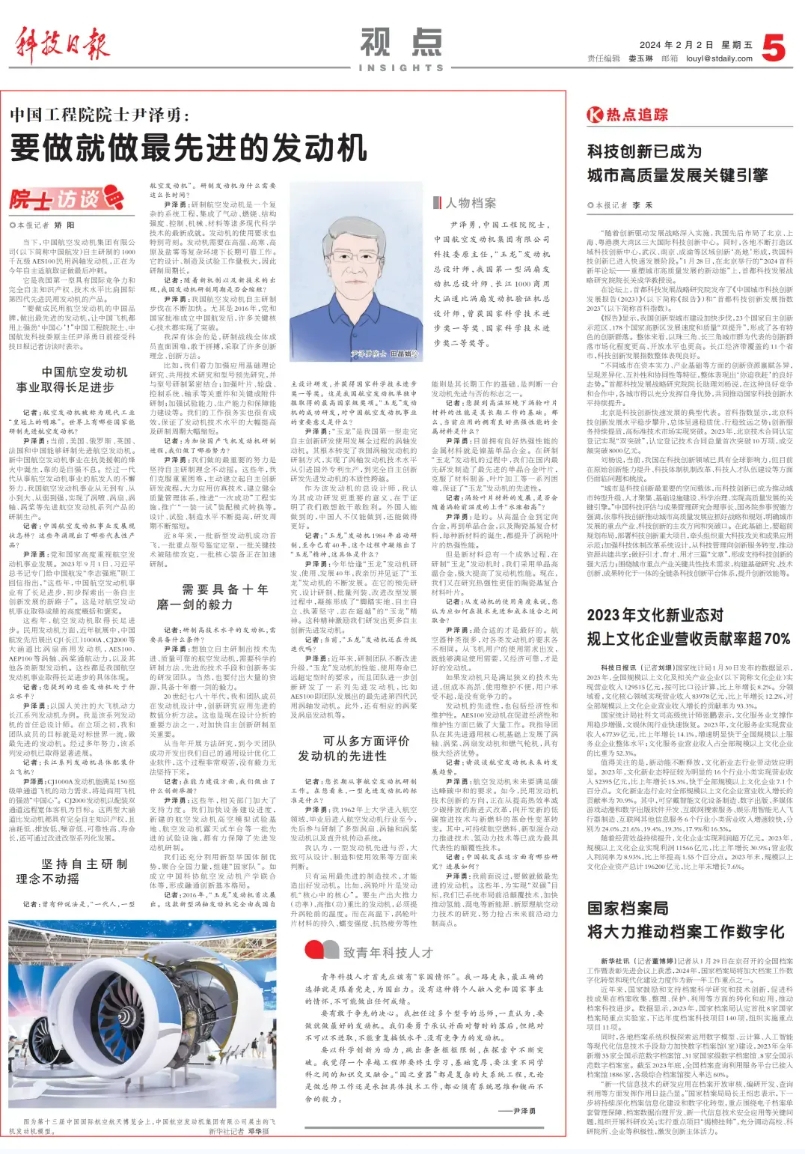
Recently, an article published by Aviation Weekly has garnered significant attention. The article mentioned that in February this year, the Science and Technology Daily published an in-depth interview with Yinzeyong, an academician of the Chinese Academy of Engineering. It also noted that the commercial aviation engine industry in China is entering a critical growth period.
The article mentioned that in recent years, China’s commercial aviation engine industry has made significant progress, marking a continuous enhancement in the country's self-research capabilities in the aviation field. Companies represented by the China Aero Engine Corporation (AECC) have successively introduced large-bypass-ratio turbofan engines such as the CJ1000A and CJ2000, as well as turboshaft and turboprop engines like the AES100 and AEP100 for general aviation. These advancements highlight China's technological breakthroughs in the field of aviation engines.
However, to establish a foothold in the global aero engine industry, China still faces two core challenges: First, ensuring that engines meet international airworthiness certification standards, which not only tests technological capabilities but also affects the ability to gain international market trust. Second, accumulating a sufficient number of engines and flight hours to build reliable usage and maintenance records, which is crucial for attracting airline purchases.
Leading countries in the global aero engine industry, such as the United States, the United Kingdom, and France, continue to dominate due to their strong R&D capabilities and market support. As a latecomer, China faces the dual challenge of achieving breakthroughs in commercial aviation engines while overcoming airworthiness certification and market recognition hurdles. Although China has made significant breakthroughs in military engines, there is still much work to be done in commercial engines, particularly in terms of economic efficiency and environmental performance.
Changjiang 1000" engine
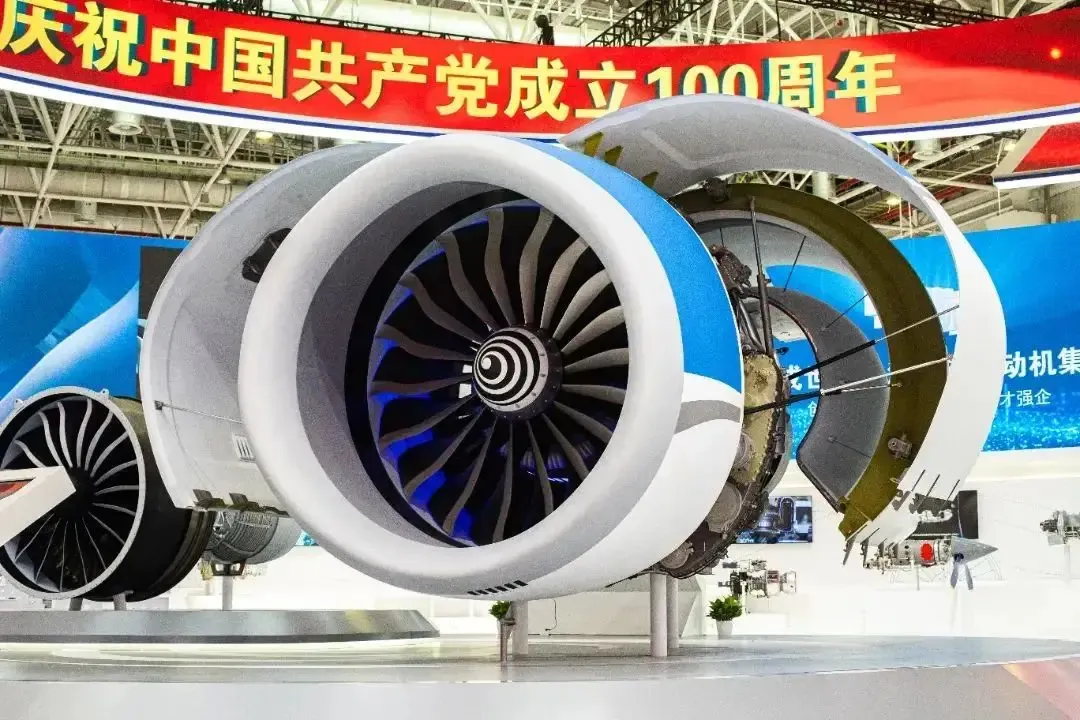
Image source: Aviation Weekly
To address these challenges, China’s commercial aviation engine industry is adopting the following strategies:
Focus on civilian needs
In the past, the development of aviation engines focused on military applications. Today, the focus has shifted to the commercial sector, emphasizing economic efficiency and environmental performance, prompting the aero engine industry to 'correct its course and make up for deficiencies.
Strengthen basic research
Commercial aircraft require solid design and manufacturing processes to meet airworthiness and application standards. This drives China's aero engine industry to enhance forward design, deepen basic research, and improve the R&D system.
Seek a transformation in economic models
Facing high R&D and production costs, China’s commercial aviation engine industry needs to enhance product competitiveness, secure a share of the international market, and achieve sustainable economic development.
Changjiang 2000" engine
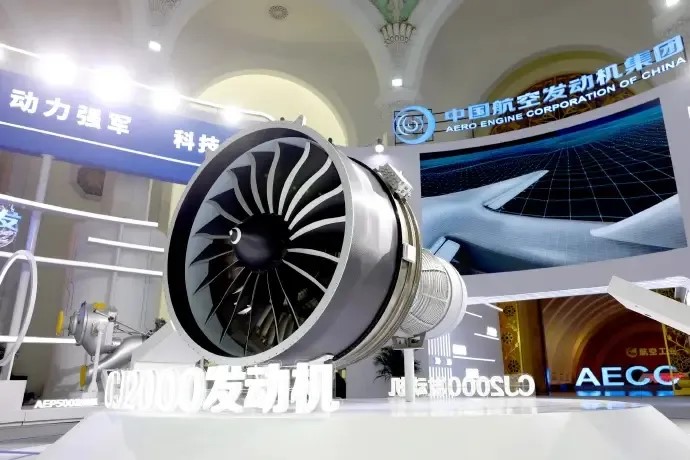
Image source: Aviation Weekly
Dalian Windtuner Technology Co., Ltd., as a professional provider of comprehensive flow field measurement and control solutions, plays a crucial role in the R&D of commercial aviation engines with its independently developed products such as intelligent pressure scanning valves and pneumatic probes.
Windtuner total temperature and total pressure combined probe
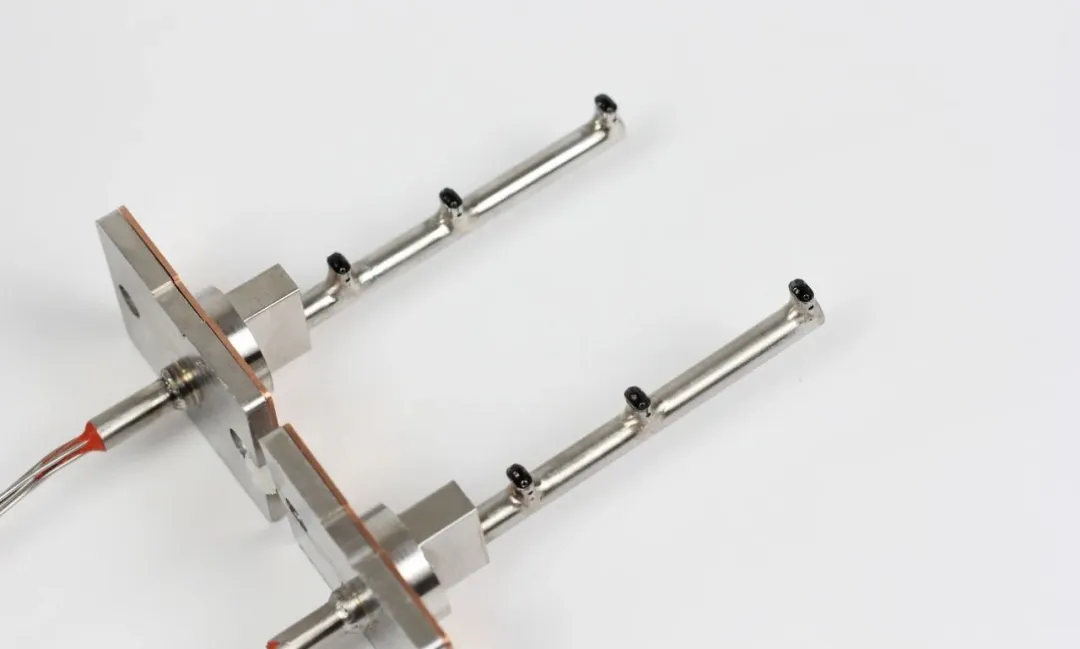
Windtuner's pneumatic probes and pressure scanning valves can significantly improve the accuracy and efficiency of engine testing and optimization in the commercial aviation engine industry. For instance, the Windtuner total pressure probe can penetrate complex flow fields to accurately measure the total pressure distribution of airflow. This data is crucial for understanding engine operating conditions, optimizing combustion efficiency, reducing fuel consumption, and increasing thrust.
Windtuner intelligent pressure scanning valve
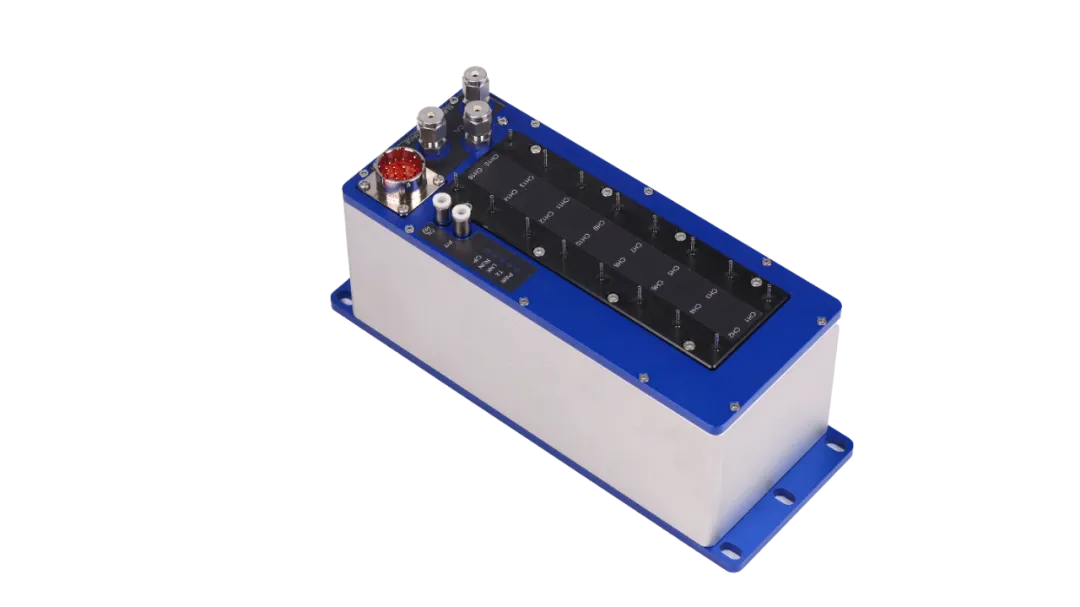
The Windtuner intelligent pressure scanning valve, with its modular customization, one-click switching, online zero calibration, efficient data processing capabilities, and rigorous pre-shipment testing and calibration, ensures measurement accuracy, stability, and reliability. It greatly enhances the efficiency and accuracy of aviation engine testing and is suitable for flow field analysis under both steady-state and transient conditions for various types of engines.
In practical applications, a certain organization faced the challenge of accurately measuring steady-state pressure data during aviation engine test stand evaluations. They addressed this issue by using Windtuner's intelligent pressure scanning valve (WTN DAQ-P-1604) along with three-point total pressure probes, multi-point total pressure probes, and five-hole probes, successfully overcoming the challenge. Additionally, in compressor testing for aviation engines, Windtuner provided the organization with the intelligent pressure scanning valve (WTN DAQ-P-1604S), pneumatic probes, and data acquisition software, greatly facilitating the research of compression efficiency, airflow, and inter-stage flow field parameters.
Windtuner Technology is committed to developing cutting-edge fluid dynamics testing products and solutions. We will continually optimize and upgrade our core products, actively promote the healthy development of commercial aviation engines, and drive innovation in green aviation technology, showcasing the innovative strength of Chinese tech companies.




